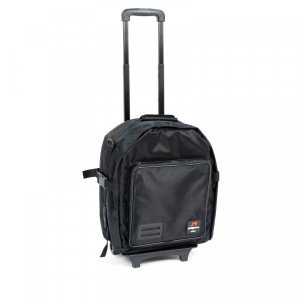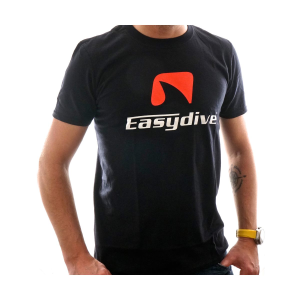Comparison EasyDive Leo 3 vs. traditional housing
by Massimo Boyer
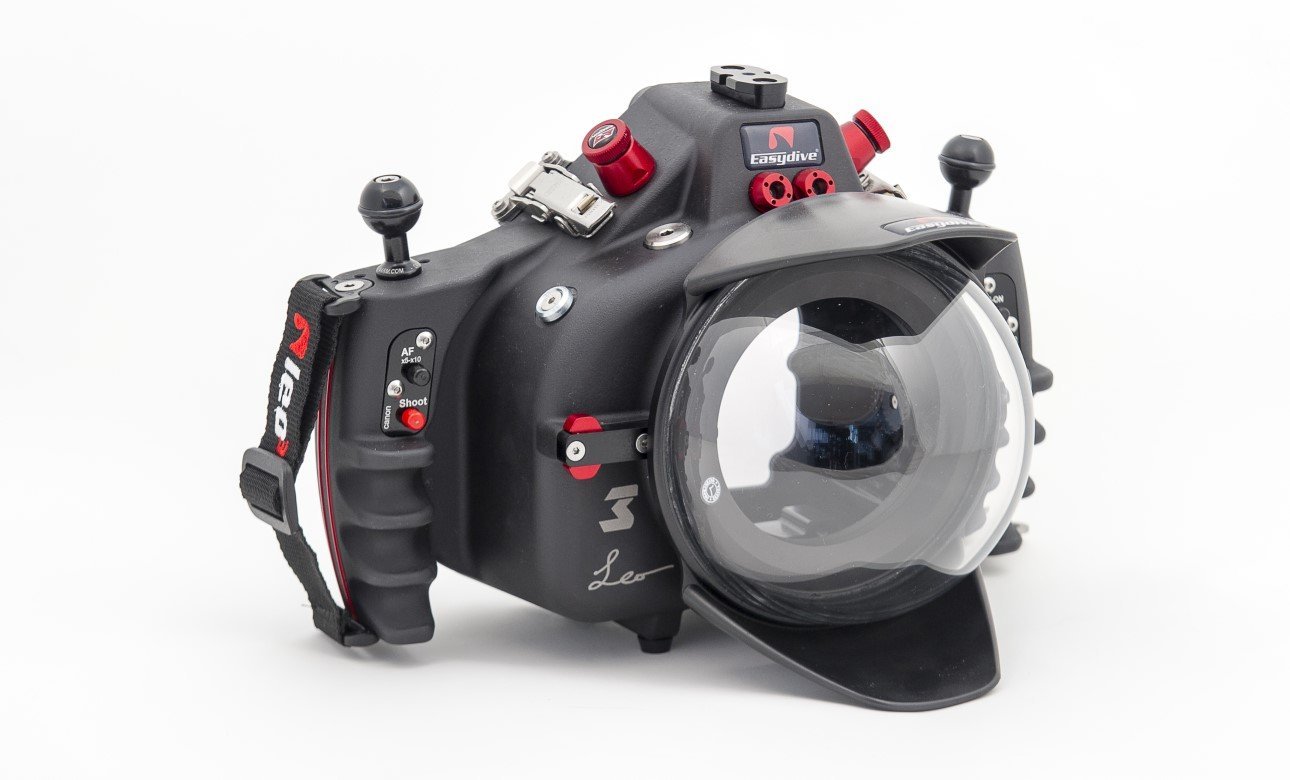
We have wanted to try the Leo 3 housing by Easy Dive, comparing it to the housings that we define traditional, trying to understand how a housing based on a groundbreaking idea works and if it actually can bring benefits to the photographer. I'm trying to be as objected as possible, and I leave... to the readers the difficult judgment.
First impression. I had this new object in my hands (beautiful, but I don't want to talk about aesthetics, only about functionality), and I admit that I needed some dive to understand thoroughly how to use it at best. I wasted my time pressing the click button half-way and looking with disappointment the blurry image into the viewfinder, before I got used to the concept that with electronical commands you can't work like that. They are ON/OFF buttons, lit or unlit switches, they
haven't got intermediate gradations. Leo 3 (unique on the market) has an electronical transmission of the commands. The buttons on the outer casing of the housing, transmit the command in the form of electromagnetic impulse through a connection with the USB doors of the camera. This is what I mean when I talk aboout getting used to a new way of taking photos.
After some dive and a lot of photo shoots, I'm ready to compare the operational characteristics that a photographer requires to his housing, on- site. Leo 3 vs the traditional housing with commands trasmitted in the form of buttons or linkages that pierce the aluminium layer and that take action mechanically on the camera.
Now, without further ado, let's start our comparison.
What do you request to you ideal housing?
• Dimentions.
They matter, and for a housing it is better to be little. Tailor-made housings around a camera model will have tailor-made internal dimentions, without empty spaces,consequently they will be more little, lighter out of water, more convenient to be transported. Leo 3 is not huge, but because of the ability to adapt itself to different models, it is bigger and heavier than the majority of its competitors.
• Number of transmitted commands.
A traditional housing, has the possibility to transmit virtually all the commands through the system of buttons reported externally. The user can delete the bad frames, or change the menu options, or review what he has produced during the tiring phases of the dive. Leo 3, a little bit by choice and a little bit to safeguard the speed of the software, transimts to the keyboard only the essential commands.
• Handling
Once underwater, how do you wield this bigger housing?
Thanks to the ergonomic handles, with the correct inclination, with a perfect balance and with a static and neutral stability, you can hold the housing in your hand into the water effortless, in the right position, and the passage from horizontal angle to vertical angle is natural and very fast.
• Simplicity.
With the number of the commands of a modern digital photographic device you may "get lost". But when you are underwater, slightly groggy because of the nitrogen, the fact that you can count on few essential commands and mainly the fact that you know exactly where to find them even without looking, has a value because it allows us to be fast and to seize the moment in the unforeseen situations. By the way, with my Nikon D 7100 inside of the Leo 3, without removing my hands from the handle but only shifting my right thumb I can: focus, change the time, the aperture and sensibility. With my left thumb I can change the way of metering (average /weighted average/ spot), change the position of the point of focus, compensate the exposition. The left index finger can change balance mode of the white or of autofocus. The right index finger, obviously, is the one that focuses and clicks. After little exercise the fingers find the button needed. Is it everything you need?
• Commands precision
This is a new concept, follow me. With a traditional housing in order to focus I have to press the shutter button halfway ,then by increasing the pressure, I take the photo. We all have learned this, we all have fought with the fact that cold fingers and the linkage don't promote at all the sensibility. But we have learned to use the mechanism that we had. With Leo 3 we have a change. After some tries, I have set the mode that would be default secondary.: by pressing the shutter button you activate the focusing, by releasing it you take the photo. The mechanism is precise and on time, with movable subjects it works perfectly in conjunction with the autofocus C (continuous).
Click, I focus, I keep focusing on the subject and I retouch the composition of the image, when it satisfies me I release and I take the photo. Precise and fast, even with numb fingers I don't skip a beat.
• Shutter speed
With the pressure (or with the release depends on the mode you set) of the shutter button on the housing the shutter closes, instantly. The problems are rather the same: our reaction speed, the flash that have to recharge. Therein Leo 3 behaves the same way of the traditional housing.
• Operational in depth
Thanks to the electromagnetic commands, that are not sensible to the pressure, Easydive housings are currently the only ones that are operational at a depth of 150 m. With the emergence of the technical scuba, you can't ignore this detail. Other housings block themselves beyond a certain level, Leo 3 keeps working.
• Assistance
The personalized assistance is a need if you work with the chance to update and to change the software, in order to adapt it to new camera models or to new situations. I can't complain about the assistance that I have received with the old housing, I received replacement parts from intrepid Fedex officials Tom Hanks style while I was on boat in Indonesia. But the Easy Dive assistance, always available when you need it, through telephone or email, and the simplicity of updates that reach you in the email box wherever you are, is the future.
• Flood.
Someone said that we don't have to ask ourselves if, but when we are going to flood the housing (touch yourselves, go ahead). How many holes has a traditional housing? One hole for each command transimtted externally. We don't want to create any alarmism, each hole is well protected from one or two o-rings, but the o-rings are subject to wear, you need a periodic maintenance. How many holes has a Leo 3? The only passing command, of which you can't do without, is the one you need to zoom. The camera back closes like a book and it is blocked with two metal clips, it is carefully sealed with a double o- ring. An acoustic and visual alarm (led) warns us in case of infiltration.
• Flexibility
It is the main strong point of Leo 3, that allows us to follow the changes of direction of the digital market without the nightmare (read: the spending) of having to change everything. You decide to change camera, or simply do you want to switch from the first camera body to a second and different one? With a traditional housing this would mean buying a new housing. Now all you have to do is ask the assistance to send you by courier the base that you have to insert under the new model and by email the software update, to reprogram the housing by adding the delicate software, and voilà. Your Leo 3, from now on, will recognize the two camera bodies when you insert them. Do you have another housing and do you want to keep the others portholes? Leo 3 can mount delicate grafts to use the portholes of your old housing. Let's knock down the operating costs.
Conclusion:
in my humble opinion, Leo 3 is noted as a perfect solution in the service of the people who want to take underwater photographs at a higher level. With some effective strong points, like the operational depth, the possibility to change the camera without changing the entire housing, the assistance, and some goodies that simplify the work of the underwater photograph (simplicity, precision and speed).
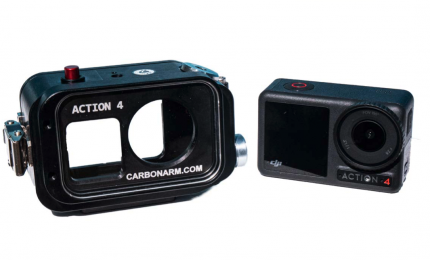
NEW OSMO ACTION CASE CARBONARM FOR OSMO ACTION 3-4
This time let's talk about the case Osmo Action Case, an anticorodal aluminum case...
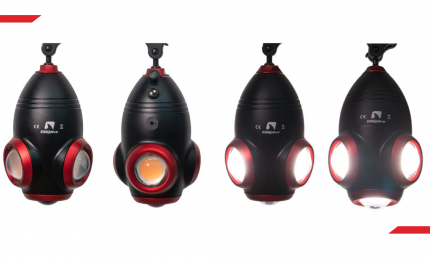
NEW LIGHT FOR EASYDIVE AT THE 29TH EUDI SHOW
One year after the launch of Sphera, the housing for Insta360 Pro2 for 360°...

THE NEW UNIVERSAL APP EASY DIVE PICS
In Summer 2023 Easydive releases a new App: EASYDIVE PICS
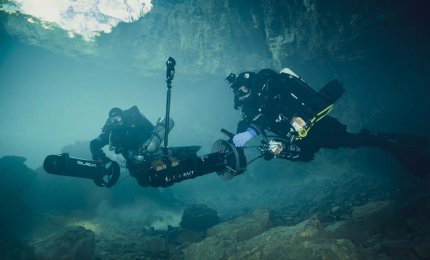
HOUSING FOR INSTA360 X3
Presented and tested in Live Facebook on March 30, 2023, is the new housing for Insta360 X3.
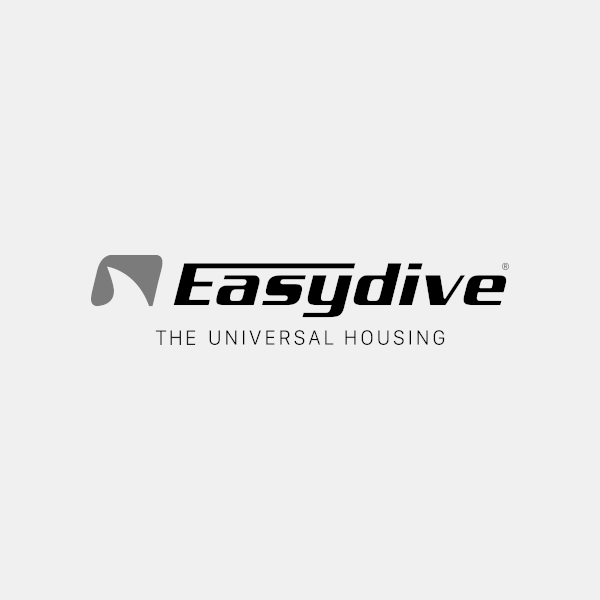
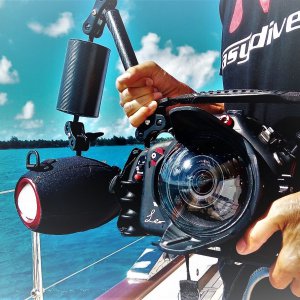 Underwater Housing
Underwater Housing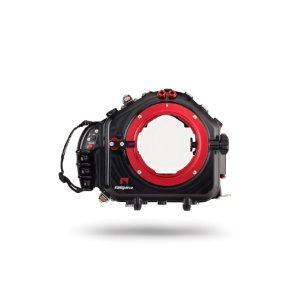
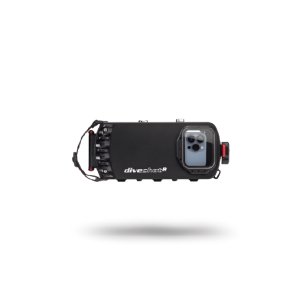

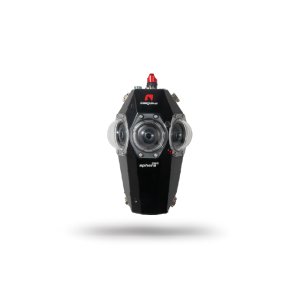
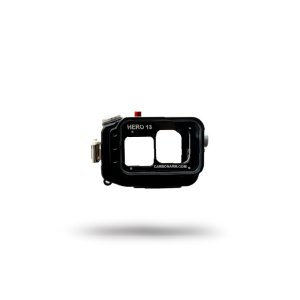
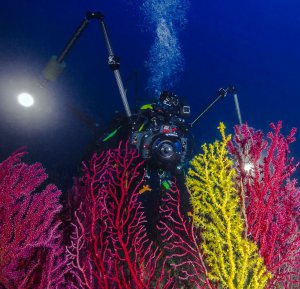 Underwater Lighting
Underwater Lighting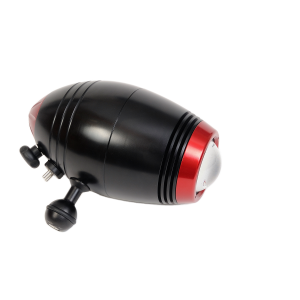

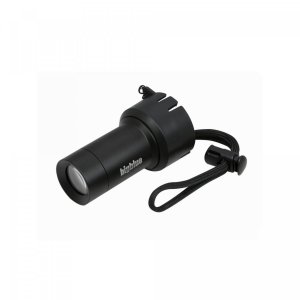
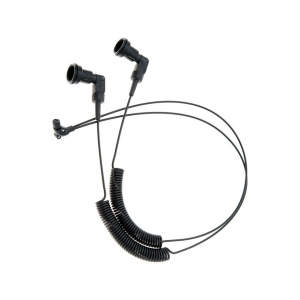

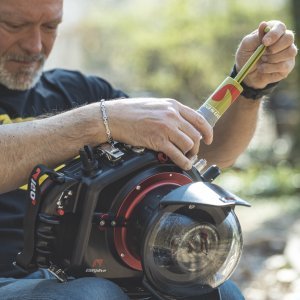 Accessories
Accessories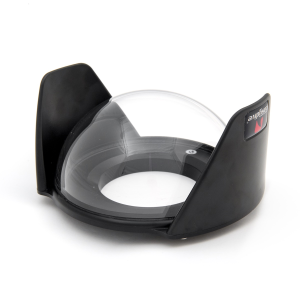
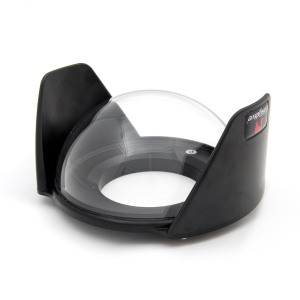 Plexiglass Ports
Plexiglass Ports Crystal Glass Ports
Crystal Glass Ports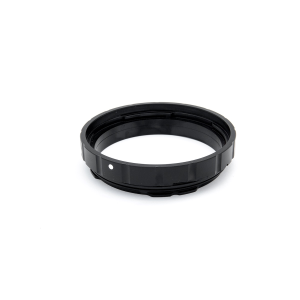 Extensions
Extensions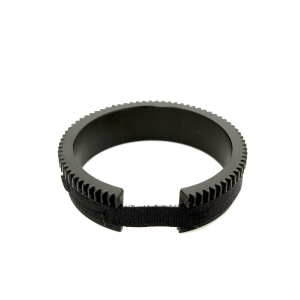 Port Rings
Port Rings Covers and Taps
Covers and Taps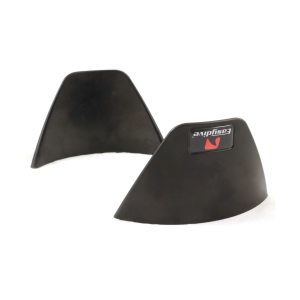 Port Spare Parts
Port Spare Parts
 Recommended Accessories
Recommended Accessories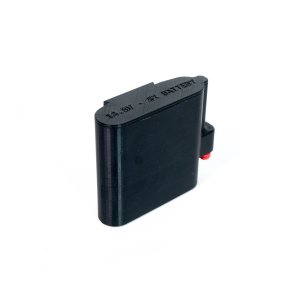 Batteries and Cables
Batteries and Cables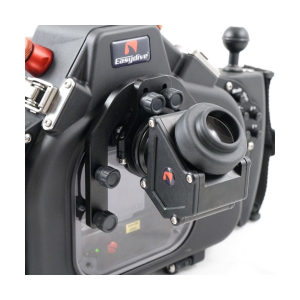 Viewfinders
Viewfinders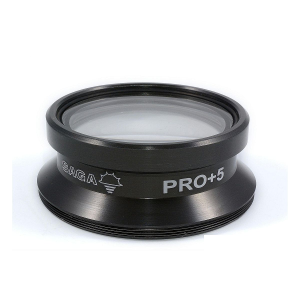 Additional Lenses and Filters
Additional Lenses and Filters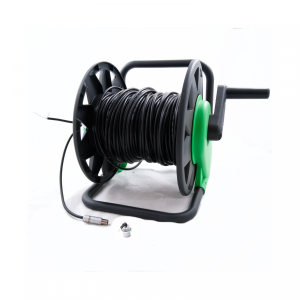 Remote Control
Remote Control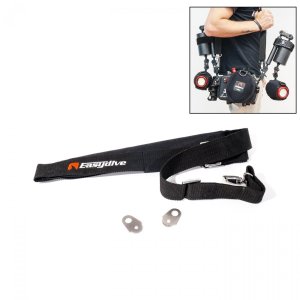 Brackets and Straps
Brackets and Straps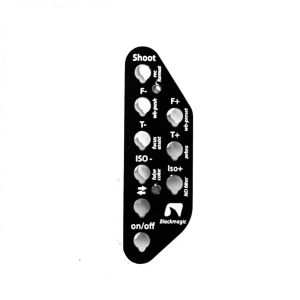 Accessories Spare Parts
Accessories Spare Parts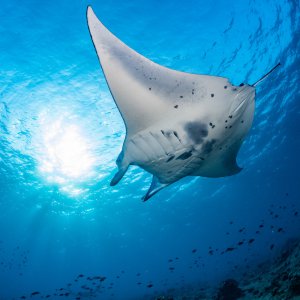 External Monitors
External Monitors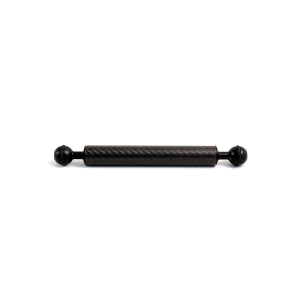
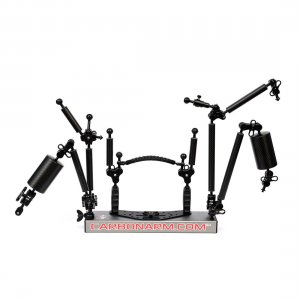 Arm Kits
Arm Kits Arms
Arms  Floats
Floats Clamps
Clamps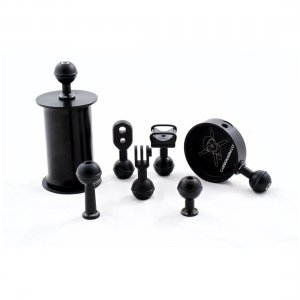 Balls and Mounts
Balls and Mounts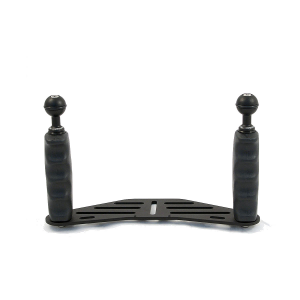 Trays
Trays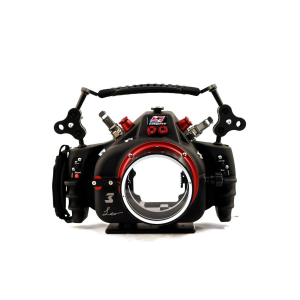 Handles and Grips
Handles and Grips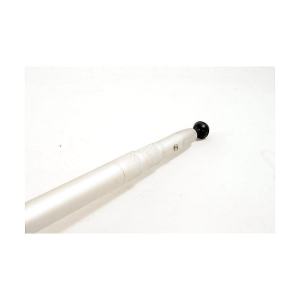 Polecams
Polecams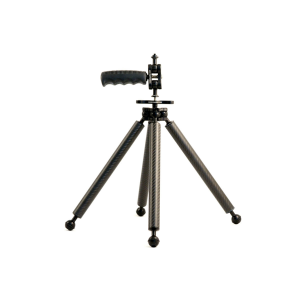 Tripods
Tripods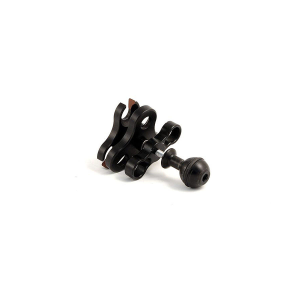 Arms and Mounts Spare Parts
Arms and Mounts Spare Parts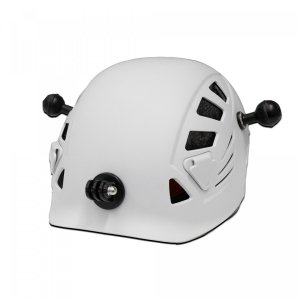 Helmets
Helmets